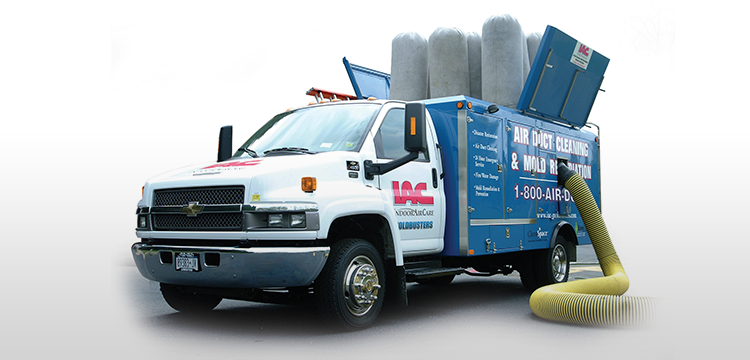
With flash flooding and storms in every season, basement flooding is a serious threat. How can you protect yourself from a devastating basement flood? Just follow these steps to avoid a costly disaster:
- Insurance
Unfortunately most homeowners’ insurance does not cover flooding or sewer backups. Review your property insurance policy and consider additional coverage, especially if you have a finished basement and live in a flood zone.
- Gutters & Downspouts
Clogged or backed up gutters and downspouts can cause water to flow into your house. Keep gutters free of debris and position downspouts away from the foundation. The goal is to drain storm water at least three feet away, so if necessary, consider running extensions or troughs.
- Foundation Cracks
If light can get in, water can get in! Inspect the exterior foundation and your basement’s walls and floors. Use epoxy to fill any foundation cracks and if warning signs are detected, apply masonry sealer indoors.
- Sump Pumps
If you have a below-grade sump pump, check to make sure its well is free of debris. If you have a portable pump, position it in the lowest part of the basement and be sure it’s connected to a power source.
- Sewers & Septics
If you haven’t had your sewer inspected or your septic tank cleaned, spring is a good time to address these concerns. During periods of prolonged, heavy rainfall, clogged sewers and over-taxed septics are disasters waiting to happen.
- Window Well Covers
If you have below-grade basement windows, install window well covers that will fasten securely to your home’s foundation. You can use acrylic covers that allow light to enter while they keep out rain, leaves, and pests.
- Generators
Remember a sump pump only works if you have power. If you live in an area plagued with frequent storms and power outages, a generator may be a long-term investment worth considering.
Even when you are prepared disasters can happen. When disaster strikes call Moldbusters (631) 451-7500 for water damage clean up.

